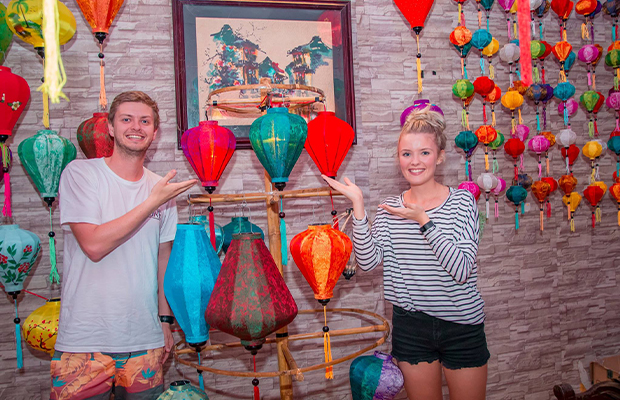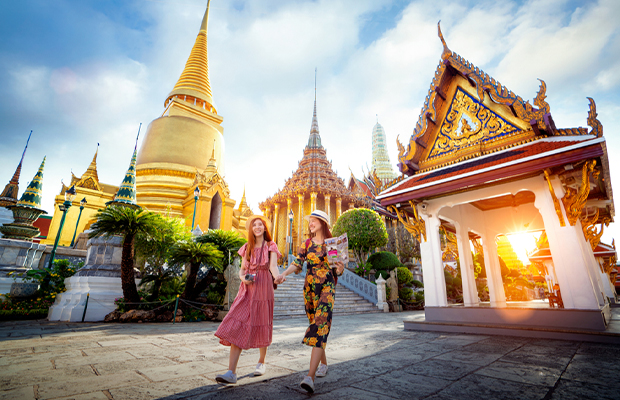7 Things to Avoid When Planning Your First Cambodia Tour Itinerary
Cambodia travel advice about what to do will get you started, but knowing what NOT to do will take your first trip to Cambodia to the next level of enjoyment. Planning your first visit to Cambodia can feel overwhelming with so much advice online.
Don’t worry, we’ll share the 7 most important things to avoid when planning your Cambodia itinerary, from the worst travel time to safety notes. Follow this guide to enjoy a more comfortable trip and avoid pitfalls when traveling to Cambodia.
![]() 1. Avoid Visiting during the Hottest Months (March-May): Plan for Best Time
1. Avoid Visiting during the Hottest Months (March-May): Plan for Best Time
![]() 2. Avoid Over-Packing Too Many Destinations: Less is More for First-timers
2. Avoid Over-Packing Too Many Destinations: Less is More for First-timers
![]() 3. Avoid Sticking to Tourist Attractions: Pick Authentic and Local Experiences
3. Avoid Sticking to Tourist Attractions: Pick Authentic and Local Experiences
![]() 4. Avoid Group Tours as Your Only Option: Customized Travel Itineraries
4. Avoid Group Tours as Your Only Option: Customized Travel Itineraries
![]() 5. Avoid Skipping Cambodian Street Food: Taste the Favors of Local Cuisine
5. Avoid Skipping Cambodian Street Food: Taste the Favors of Local Cuisine
![]() 6. Avoid Revealing Dress When Visiting Sacred Temples: Respect to Local Customs
6. Avoid Revealing Dress When Visiting Sacred Temples: Respect to Local Customs
![]() 7. Avoid Carrying Large Amounts of Cash: Travel Smart with Small Bills
7. Avoid Carrying Large Amounts of Cash: Travel Smart with Small Bills
1. Avoid Visiting during the Hottest Months (March-May): Plan for Best Time
During the cool season in Cambodia, temperatures already average around 28°C, so you might want to avoid the hottest months. Starting in March, it begins to get really hot. Average highs until May are 35°C, and it sometimes peaks at 40°C. Comfortable outdoor weather is limited to the early morning and late evening, and it’s best to be indoors during the sweltering afternoons.
The simple weather system makes planning the best time to visit Cambodia easy. The peak travel season runs from November to March when there is little to no rain and lower temperatures. From October to February, it averages 26-28°C with perfect conditions for exploring cities and temples or relaxing on a beach.
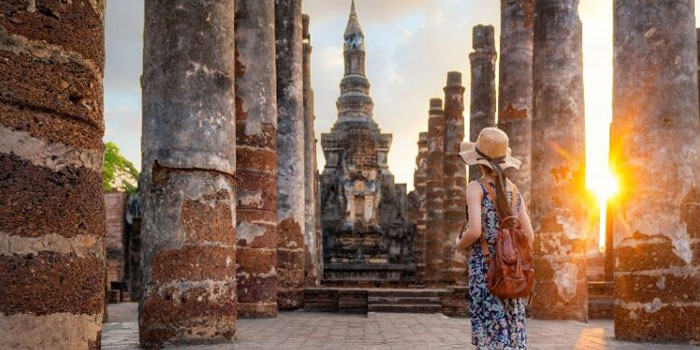
December is one of the best months to visit Cambodia.
2. Avoid Over-Packing Too Many Destinations: Less is More for First-timers
It can be tempting to want to see everything on your first Cambodian tour, but if you plan too much, you’ll spend time traveling between destinations rather than appreciating the rich history and culture of the top attractions. Places like Angkor Wat and Phnom Penh reward visitors who take their time with hidden gems and authentic interactions with locals.
Focus on visiting a few key destinations. Siem Reap and Angkor Wat, Phnom Penh, and the beaches of Sihanoukville and Koh Rong are the top places to visit on a first tour.
Spend 2-3 days at each stop to have time to take in the sights. This could be 6 days of seeing the best of Cambodian history and culture in Siem Reap and Phnom Penh or 9 days on a classic Cambodia tour with time to relax on the beach.
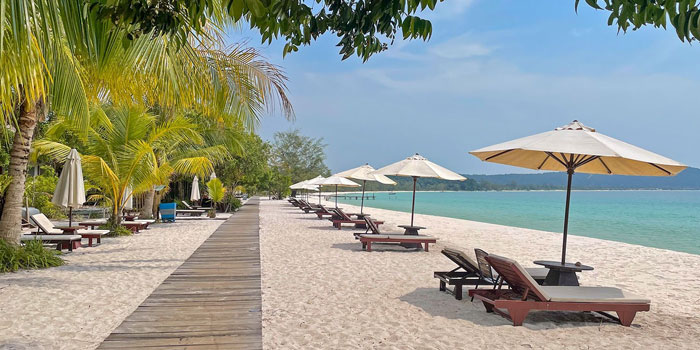
Koh Rong Islands have pristine beaches to relax.
3. Avoid Sticking to Tourist Attractions: Pick Authentic and Local Experiences
Don’t skip the top attractions in Cambodia. The ancient temple complex Angkor Wat is a truly unique experience, and the Royal Palace Phnom Penh is an incredible window into Cambodian culture and history. However, avoid packing your itinerary solely with the main tourist sites.
Authentic and local experiences create a deeper impression of the country. Explore the villages in the countryside around Siem Reap and have lunch with a local family. Take a stroll through the riverside area of Phnom Penh around Sisowath Quay to see the nightlife, and wander the markets like Central and Russian Markets for an authentic shopping experience.
4. Avoid Group Tours as Your Only Option: Customized Travel Itineraries
Group tours have a lot of advantages, but are not the only choice. Shared costs on transportation and preset itineraries can be appealing. It is also nice to meet other like-minded travelers. The problem can be not getting exactly what you want.
Consider a customized Cambodian travel itinerary for your first tour. Our experienced travel consultants can work with you to craft the perfect trip to match your travel goals and budget. On a private tour, you will have the flexibility to focus on seeing exactly what you want and explore without being limited by someone else’s schedule.
You can also combine smaller group tours as part of a personalized trip. Local agencies run small group food tours, full-day countryside jeep tours, and visits to Angkor Wat. They’re a good opportunity to save a little while meeting other travelers.
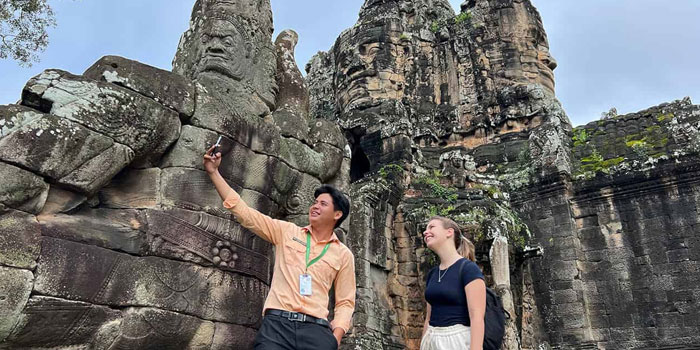
Visiting Angkor Wat with a private guide would be more comfortable.
5. Avoid Skipping Cambodian Street Food: Taste the Favors of Local Cuisine
Do not miss Cambodian street food. There are great dining experiences to be had in the fine dining restaurants of Phnom Penh and high-end cocktail lounges in Siem Reap, but if you don’t try the street food, you will miss out on some of the most authentic and delicious Cambodian cuisine.
Make sure to try Kralan, bamboo sticky rice. It’s a mix of sticky rice with coconut milk roasted in a bamboo stalk. Nom Banh Chokl is one of the cherished dishes in the country. Made with soft rice noodles served in a fish-based broth, it’s a common breakfast food.
There are snacks like Nom Ka Chai chive cakes and Num Kroch fried donuts. Classics like Lort Cha fried noodles and Sach Ko Ang BBQ beef skewers. More adventurous eaters can also try unique foods like boiled snails and fried insects.
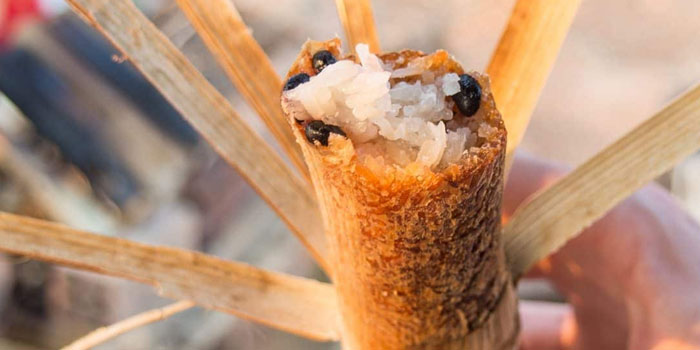
Cambodian bamboo sticky rice-Kralan.
6. Avoid Revealing Dress When Visiting Sacred Temples: Respect to Local Customs
Respect for local customs is important when visiting any place for the first time. Sacred temples in Cambodia like Angkor Wat have a dress code, and you have to avoid wearing any revealing clothing.
Visitors are expected to dress modestly in long pants or skirts that reach below the knee. Tops should have sleeves and at least cover the shoulders. Choose clothing made from loose, breathable fabrics like cotton or linen to stay comfortable in the heat.
These modest customs should also be followed in sites like Angkor Wat and the Royal Palace, as well as when visiting rural villages. Local people in Cambodia will appreciate the effort to respect their customs, and it will help create a friendly and open experience.
7. Avoid Carrying Large Amounts of Cash: Travel Smart with Small Bills
Much of Cambodia is a cash-based economy. In rural areas and at small shops and street vendors, credit cards aren’t likely to be accepted, so you will need to carry some cash. US dollars are often used for larger transactions and Cambodian riel for daily purchases. The best advice is to only bring out as much cash as you need for the day.
Cambodia is generally safe, but carrying large amounts of cash increases the risk of loss or theft. Small vendors will often lack change for large denominations, so make sure to have some small bills in local currency.
Using a ride-hailing app like Grab can help reduce the need to carry cash for transportation. Set it up before you arrive, and it can be linked to your local debit or credit card.
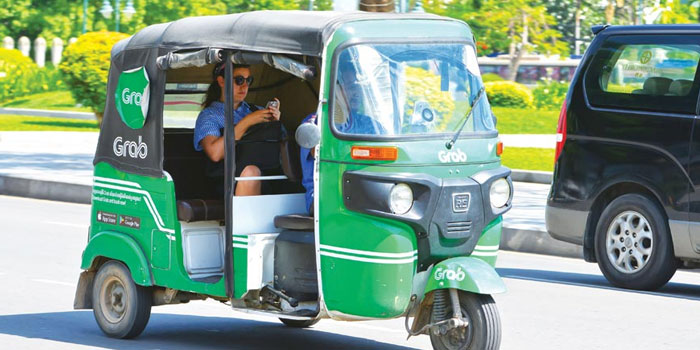
It’s very convenient to use Grab for Tuk Tuk with a fixed price.
8. The Best Cambodia Itinerary for the First-Time Trip
The best itinerary for a first-time trip to Cambodia depends on how much time you have. A popular tour is the 6 Days Best of Cambodia Tour. See the top sites of Siem Reap and Phnom Penh with a private guide and driver.
You’ll arrive in Siem Reap for a welcome dinner followed by a traditional Apsara dance performance. Be ready to get up early the next day to catch the sunrise over Angkor Wat. Explore the iconic temples of Ta Prohm and Banteay Kdei, and then return to the city to visit a night market. Then, take a day trip to the countryside to visit the floating villages of Tonle Sap Lake and experience rural life.
Phnom Penh is the vibrant capital and home to the Royal Palace and Silver Pagoda. See the collection of ancient Khmer artifacts at the National Museum, and learn about the tragic history of the Cambodian genocide at the Killing Fields and Tuol Sleng Genocide Museum.
The 9-day Classic Cambodia Tour includes all the sites of Siem Reap and Phnom Penh, plus time to relax on the beautiful beaches of Koh Rong and Sihanoukville.
Sihanoukville is on the coast of the Gulf of Thailand. Long stretches of fine, white-sand beaches offer chances to enjoy the tranquil ocean setting or try exciting water activities like snorkeling and kayaking.
Take a cruise to Koh Rong Samloem. The tropical island paradise is surrounded by turquoise blue water and is home to mangrove forests and bird sanctuaries. Explore the island, go swimming in the ocean, or just relax on the beach.
Conclusion
Only a little planning is needed for a perfect first-time tour of Cambodia. Start by choosing the best time to go when the weather is dry and not too hot. Customize a private tour to have an in-depth experience at top attractions, and leave yourself time to explore and have local experiences.
Our expertly crafted Cambodian tours take care of all the details. Enjoy private transportation while a professional guide ensures you won’t miss out on any hidden gems. Contact us to personalize your experience, or book your tour today.
More Related Cambodia Travel Planning Articles
Most Popular Cambodia Tour Packages
-
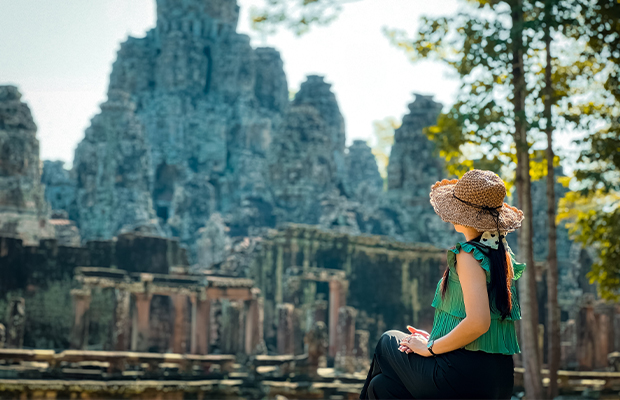
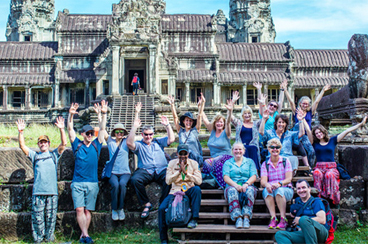 4 Days to Explore Cambodia’s Cultural Heart: Siem Reap
4 Days to Explore Cambodia’s Cultural Heart: Siem ReapSiem Reap
Take this 4-day trip to uncover the magic of Siem Reap, Cambodia. Join us on a journey through its essence, discovering ancie ...
-
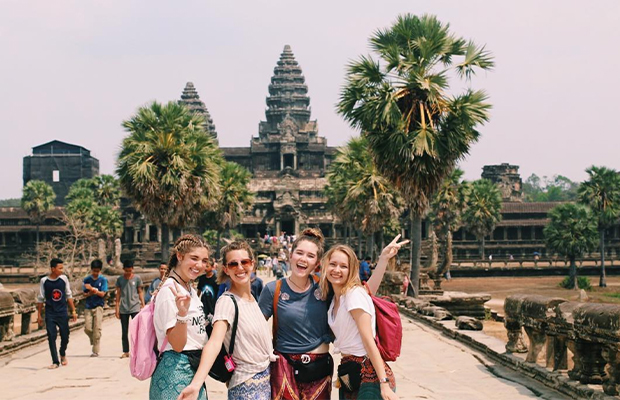
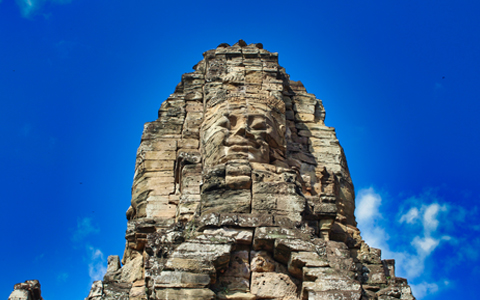 6 Days Best of Cambodia Tour Package
6 Days Best of Cambodia Tour PackageSiem Reap - Phnom Penh
Get set for the 6-day best of Cambodia’s wonders! We’ll take you on a journey through Cambodia’s stunning ...
-
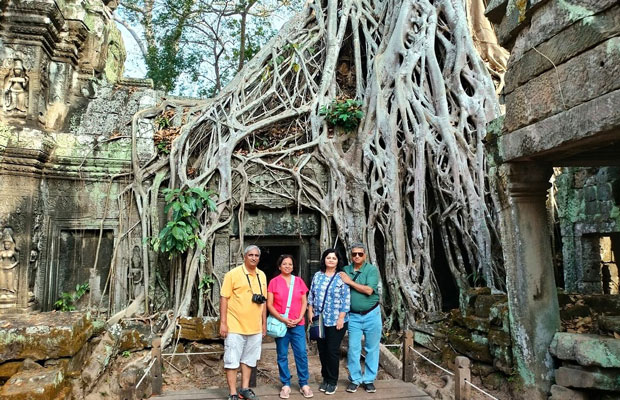
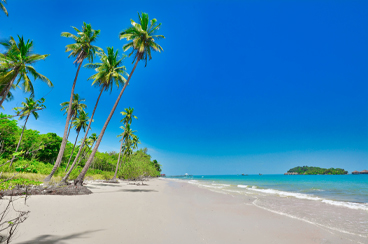 7 Days Cambodia Mysteries Discovery Tour with Beach Relaxing
7 Days Cambodia Mysteries Discovery Tour with Beach RelaxingSiem Reap - Koh Rong Island
Take this 7-day adventure in Cambodia! Discover the mysteries of Siem Reap's ancient temples and relax on the paradise island ...
-
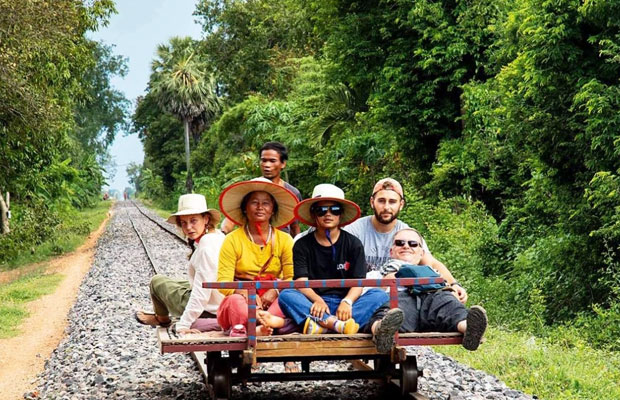
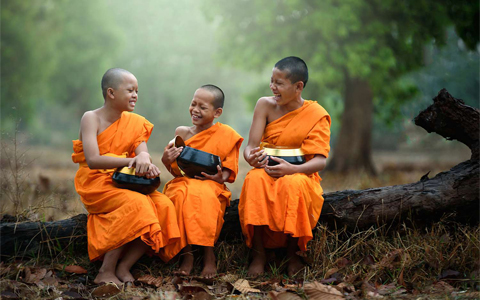 10 Days Cambodian Panoramic Overland Tour
10 Days Cambodian Panoramic Overland TourSiem Reap - Battambang - Phnom Penh - Sihanoukville - Koh Rong Island
Explore Cambodia's beauty in just 10 days with this exciting itinerary. Start in Siem Reap, home to the stunning Angkor templ ...
Ask Us A Question For Free

.gif)
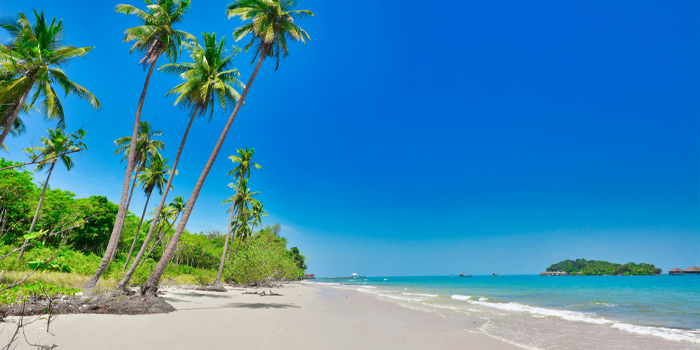
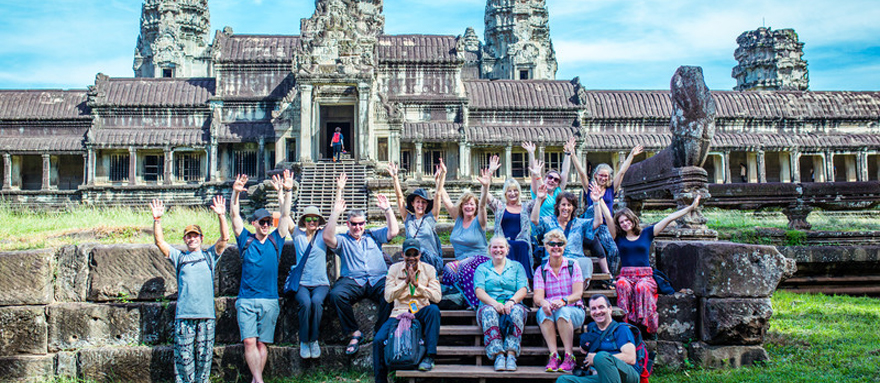
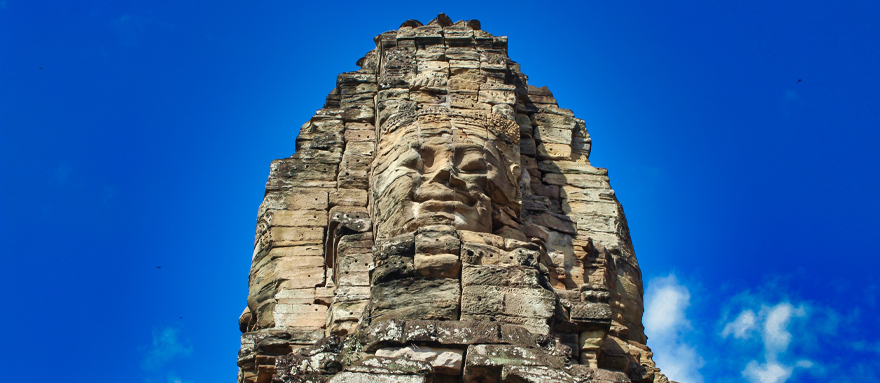
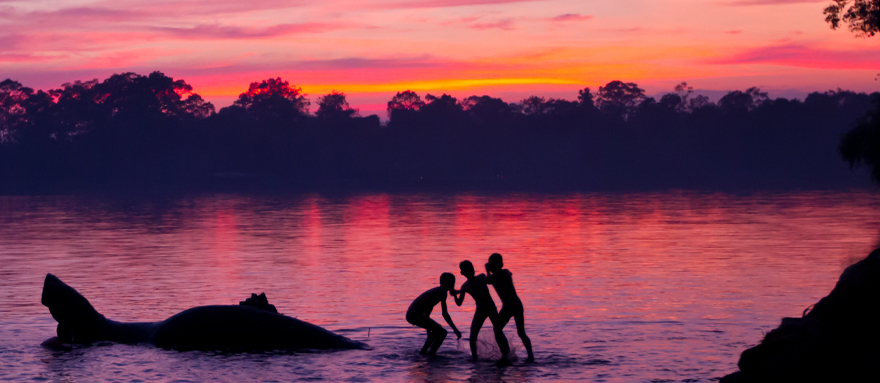
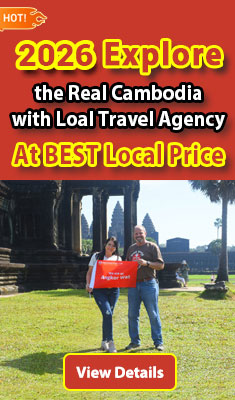
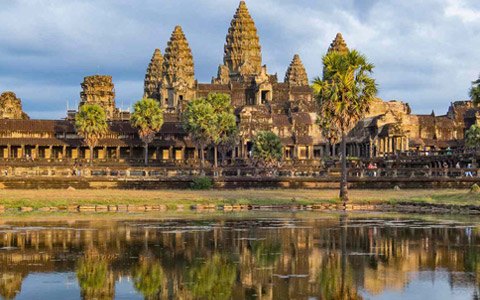
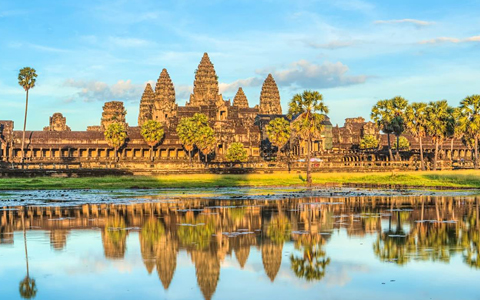
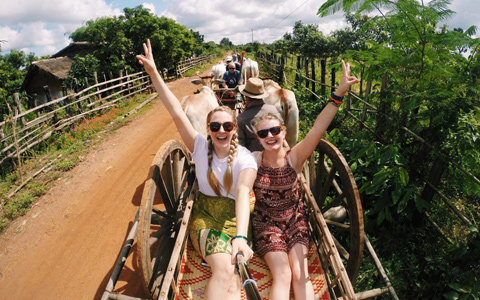
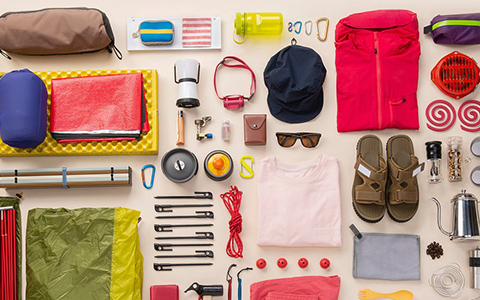
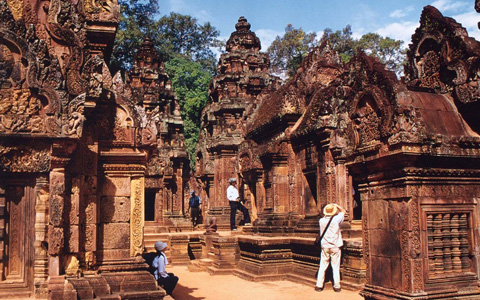
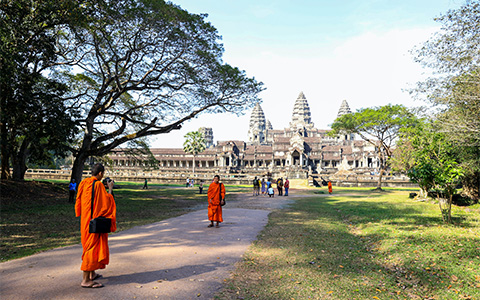
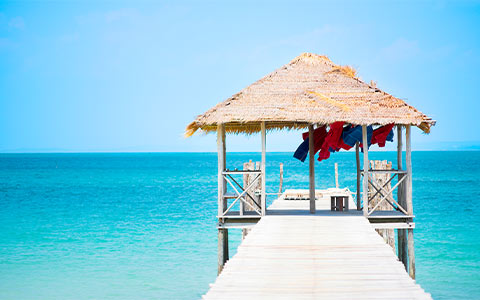
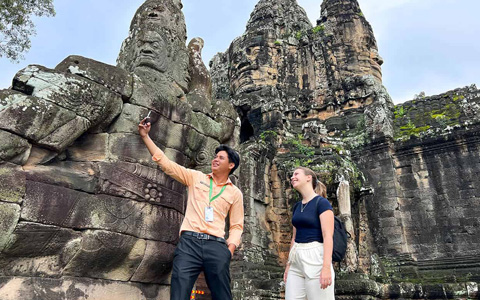
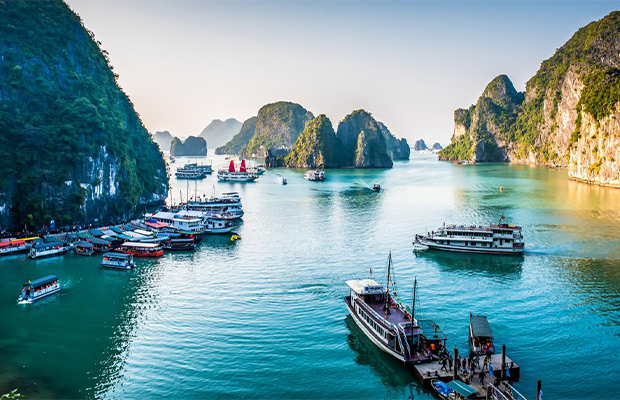
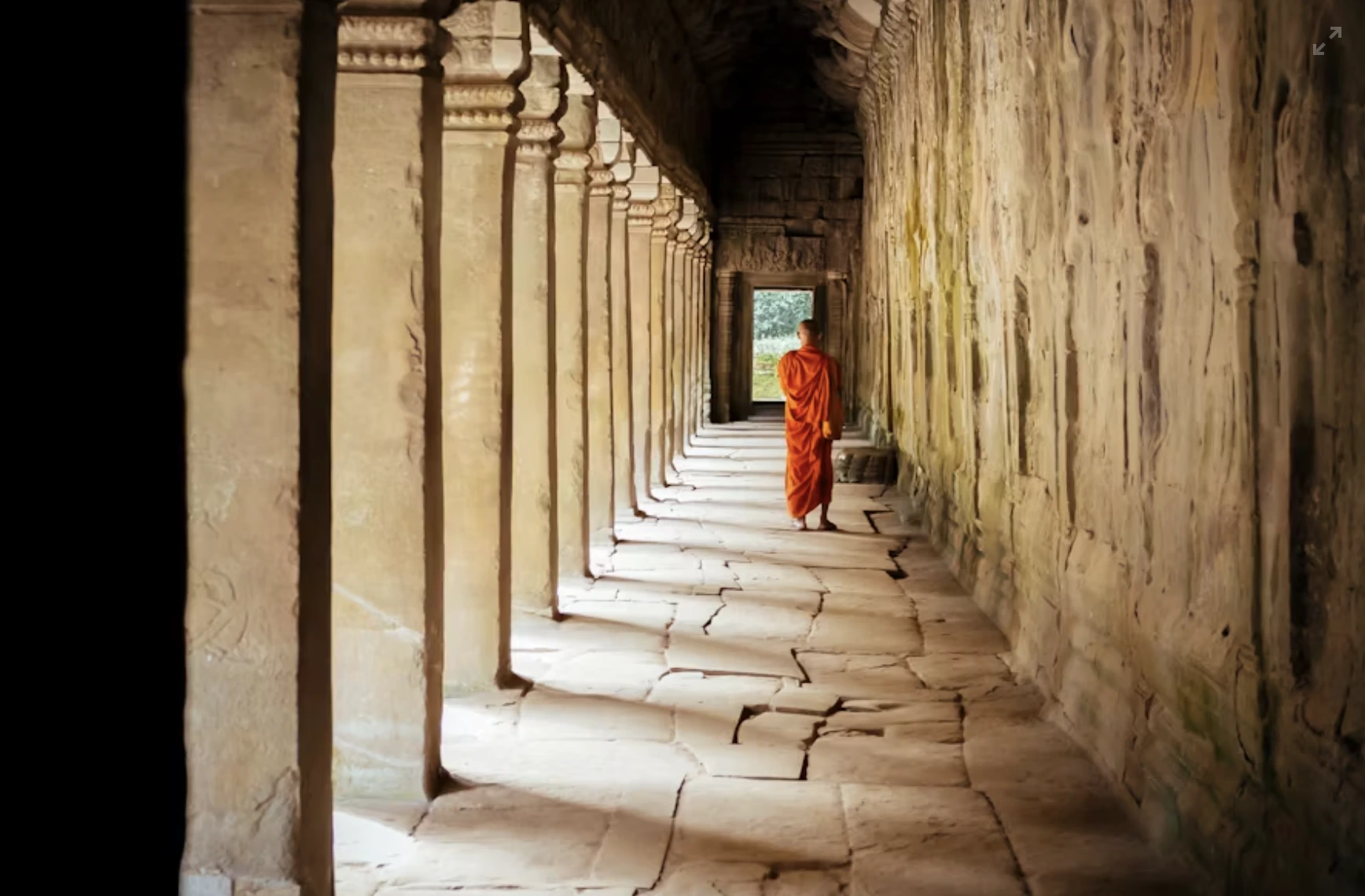
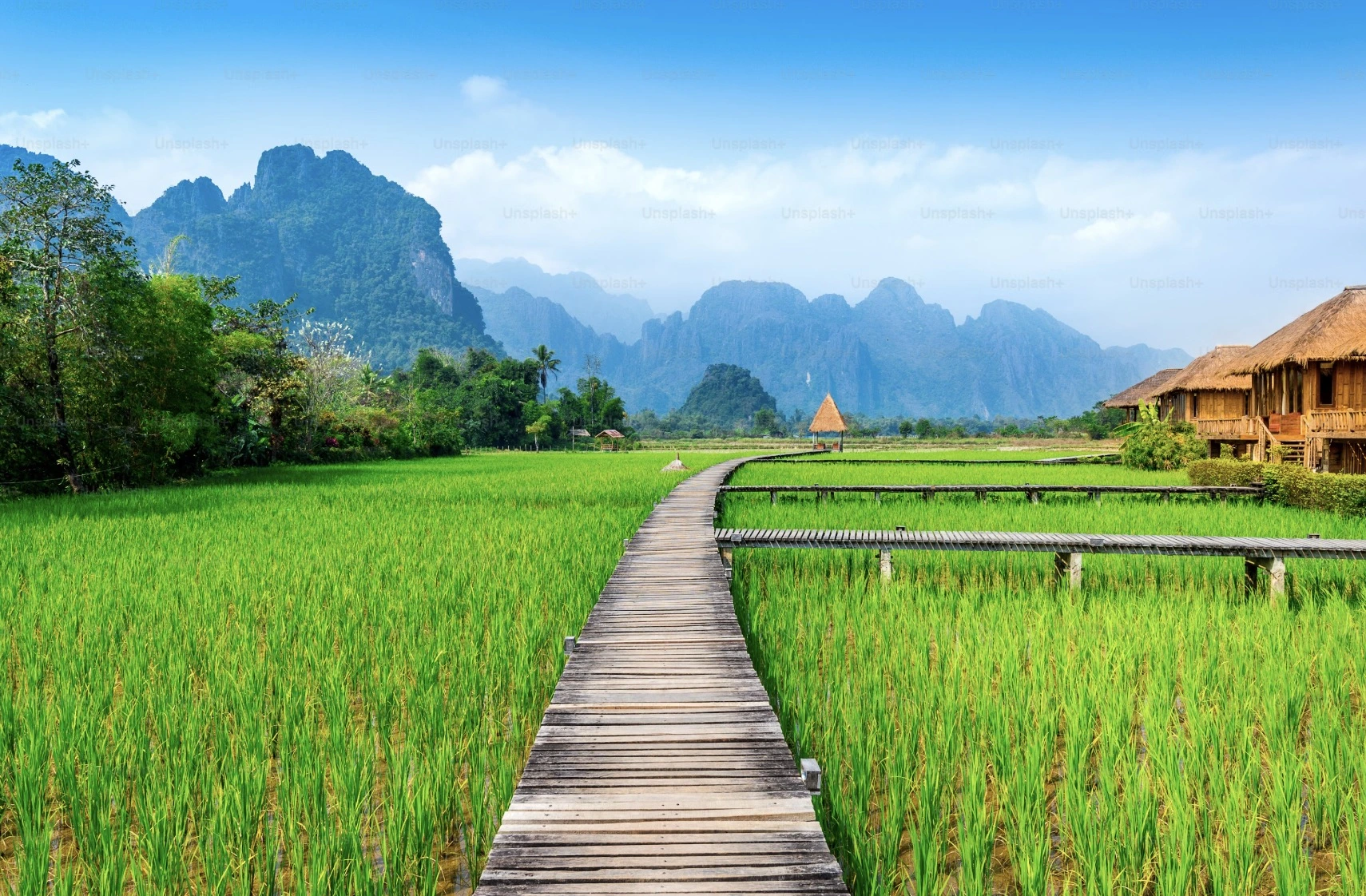
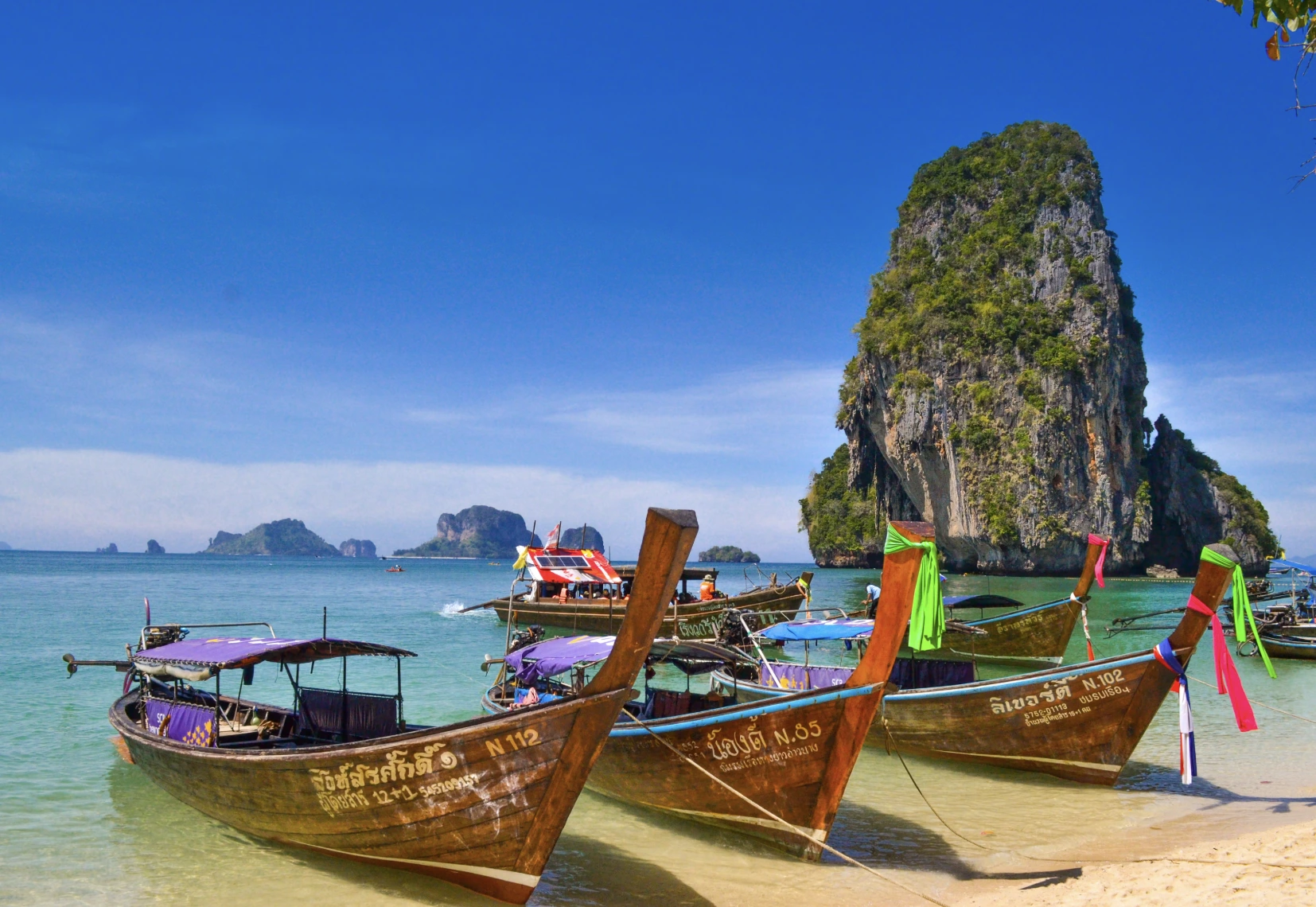
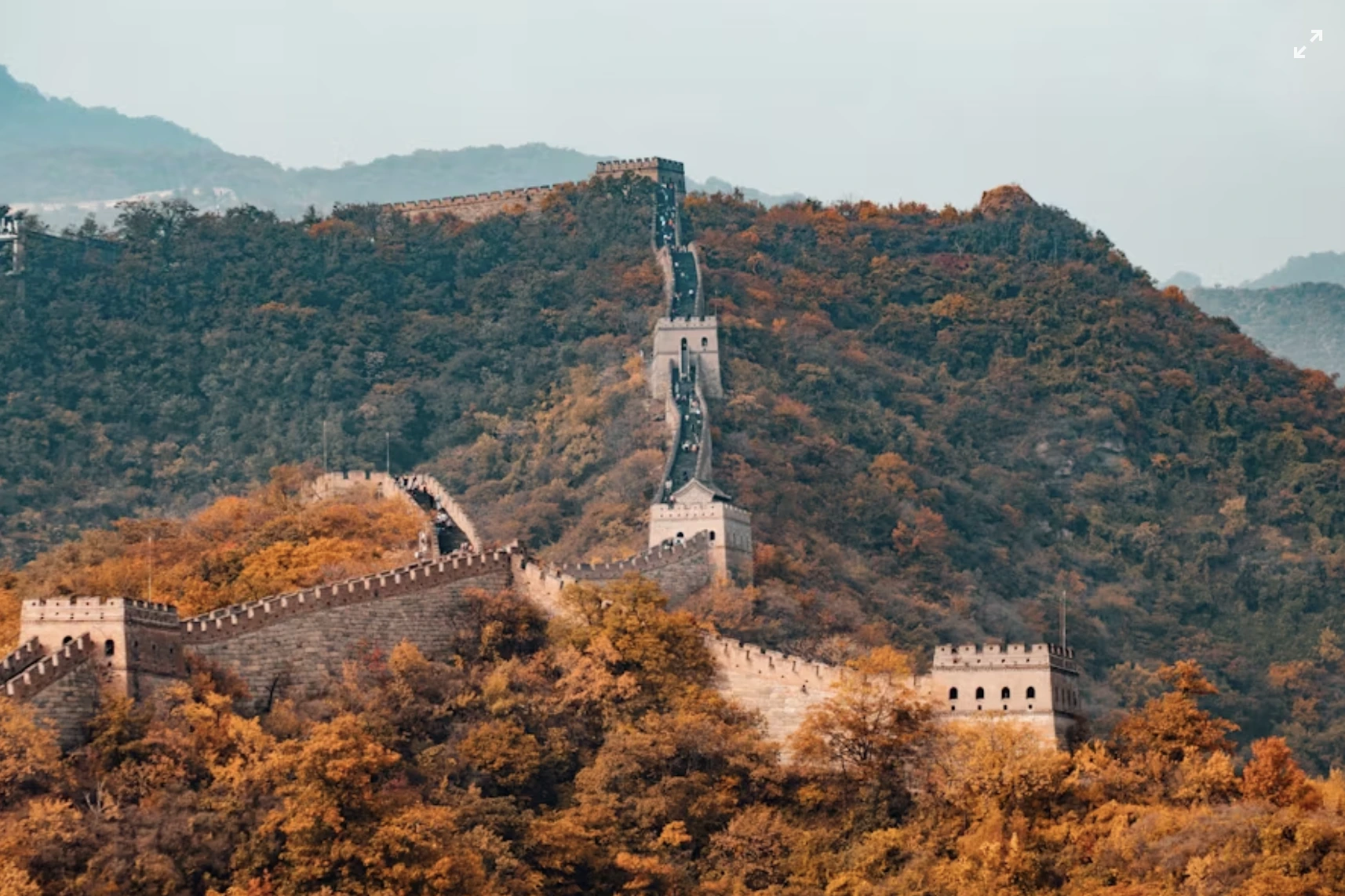


















.jpg)
